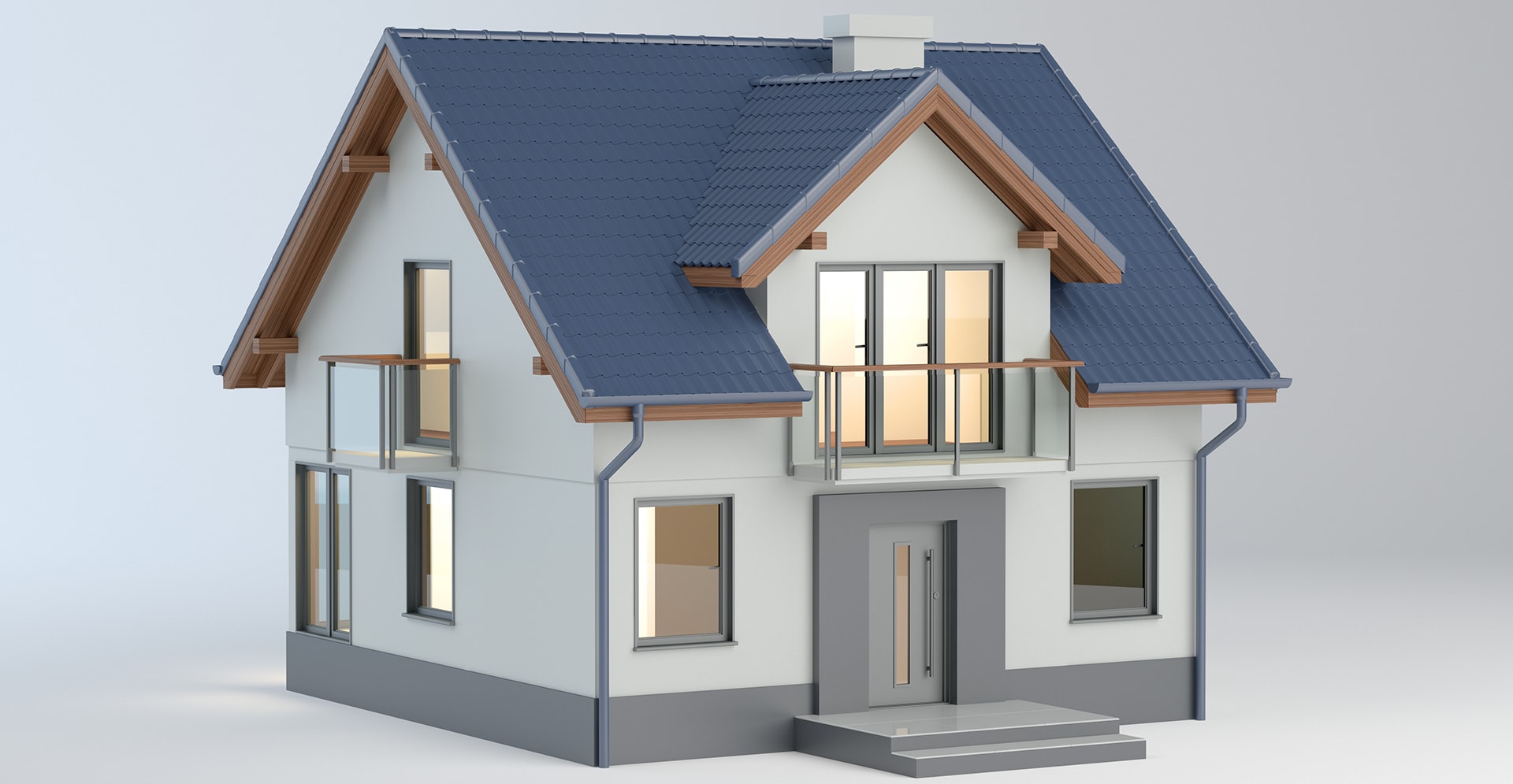The Build-to-Rent sector in the UK has seen exceptional triple digit percentage growth since the early 2010s, and 2020 could herald another decade of even more phenomenal growth. But how does this sector differ from the wider housing market, and what do clients need to do to take advantage of this opportunity?
The 'tiger' sector
It is reported that there are more than 110,000 Build-to-Rent homes currently in the pipeline and 2019 saw a record delivery of almost 10,000 homes (BPF). There was an estimated £2.4 billion invested in Build-to-Let projects in 2019 (CBRE) and 2020 is expected to trump this.
Government encouragement and discouragement for the Build-to-Rent and Buy-to-Let sectors respectively has played a part. But the sector had investment coming regardless, because of market conditions and the potential long-term income supported by under-satisfied rental demand.
Potential build to rent developers:
- Institutional Investors. Capital rich and attracted by the potential for long-term, stable and often inflation-busting incomes, which can be reconciled with their corporate values.
- Commercial Developers. Attracted by benefits of longer-term returns and resultant de-risking against the wider economic cycle.
- Registered Providers. Engaged by adopting mixed-tenure approaches enabling ‘placemaking’ benefits.Attracted by the long-term incomes and associated cashflow that helps support their wider programmes and goals.
- Local Authorities. Attracted by the potential long-term incomes from their assets and recognition that taking more risk through joint venture arrangements with the private sector allows more return and greater control over development outcomes.
- Others. Other quasi-public organisations, such as Transport for London, are also attracted to the sector as a vehicle for long-term incomes from their asset base and the realisation of their wider community-impact and placemaking goals.
Why Build-to-Rent is different
The Build-to-Rent asset class is specifically designed, constructed and subsequently operated for rent. This contrasts with Build-for-Sale and even homes that have ended up in the Private Rented Sector but were not specifically intended for renting when designed and constructed.
This distinction means clients in the Build-to-Let sector need to particularly focus more on three key factors, in contrast with projects that are delivering ‘for sale’ housing. These include:
- Long-term value. Understanding the long-term value equation encompassing design, capital expenditure (including cost of capital), income streams and operating expenditure is crucial to assessing likely return on investment and maximising yield.
- Customer experience. Understanding and anticipating what tenants of Build-to-Rent properties want and will want in the future, and integrating this with building design, brand strategy and operations is critical to success. Building tenant loyalty through exceptional customer experience and by fostering a feeling of community will help mitigate rent void periods, which is vital to defending and enhancing long-term value realisation.
- Operations. Designing for operation from the outset and keeping operational expenditure and processes optimised and tenant disruption to a minimum is crucial to long-term value realisation and customer experience.
These three key differentiating factors in the Build-to-Rent sector create opportunity areas for clients to consider.
Key opportunity areas for clients to consider
Out of-unit value
Potential tenants are typically seeking to acquire a lifestyle, not just accommodation, and may pay a premium for it. Understanding the target customer and designing the offering appropriately is critical. Creating a sense of ‘place’ and building a community are really important; and topics which we explore in more detail in our recent ‘Liveable Places’ report.
The amenities on offer to tenants also play a crucial role. These can include anything from lounges to gyms and roof gardens to concierge, but both market appeal and viability need rigorous assessment if long-term performance is to be safeguarded. For example, car parking may not create value when reconciled with what tenants really want, which may be more dedicated pick up and drop off spaces for on-demand taxis and deliveries.
Whole life mindset
It can be difficult adjusting to the whole life mindset that Build-to-Rent projects demand when compared to Build-for-Sale, but it is important for clients to make the right choices for the long-term.
Designing in other revenue streams in addition to rental income will help promote viability, yield and return on investment – and may also enhance the customer experience.
Designing for operation from the earliest stages is also key. Specifying higher quality fixtures, fittings and components may make sense where they will be subject to intense use and wear and tear, potentially causing a maintenance headache later, for example with floorings. However, it doesn’t have to be about spending more but spending smartly. For example, opting for painted doors rather than veneered, whilst lower cost, brings the maintenance benefit of being able to repaint and tidy them up more easily over the longer term.
Taking an approach where suppliers hold responsibility for both installation and maintenance can also drive value in procurement, as well as a more seamless and efficient shift to the operational phase.
The Build-to-Rent market is still maturing and as such, so is the whole life data pool, but accessing this from organisations that have significant experience and expertise in the sector will help inform clients and support effective decision making.
Optimised design and specification
Many Build-to-Rent developers will be investing in numerous projects and in conjunction with their brand strategy will opt to standardise the approach to generate a consistent look and feel in their buildings. Adopting any kind of standardisation of course creates the opportunity for programmatic or bulk buying of components and materials which will typically drive savings. Component standardisation will also make future maintenance more efficient through reduced variety in spares inventories and consistency for maintenance operatives.
Compared to some ‘for sale’ schemes, Build-to-Rent projects may rely on greater levels of density to support viability. How use of space in the building is maximised is another major focal point. Minimising wall thicknesses can increase net floor area for example, which will boost attractiveness to tenants, amplify rentable area and/or create more room for communal amenities. Furthermore, looking at ways to optimise wall to floor ratios and window to wall ratios could equally potentially make the building more efficient and attractive.
The Build-to-Rent sector has established itself as a hotspot for growth and the next decade is set to see the ‘tiger’ roar with further increases in output. As the market continues to heat up and competition intensifies, clients that recognise the different approach Build-to-Rent requires and astutely respond will surely be the winners.

